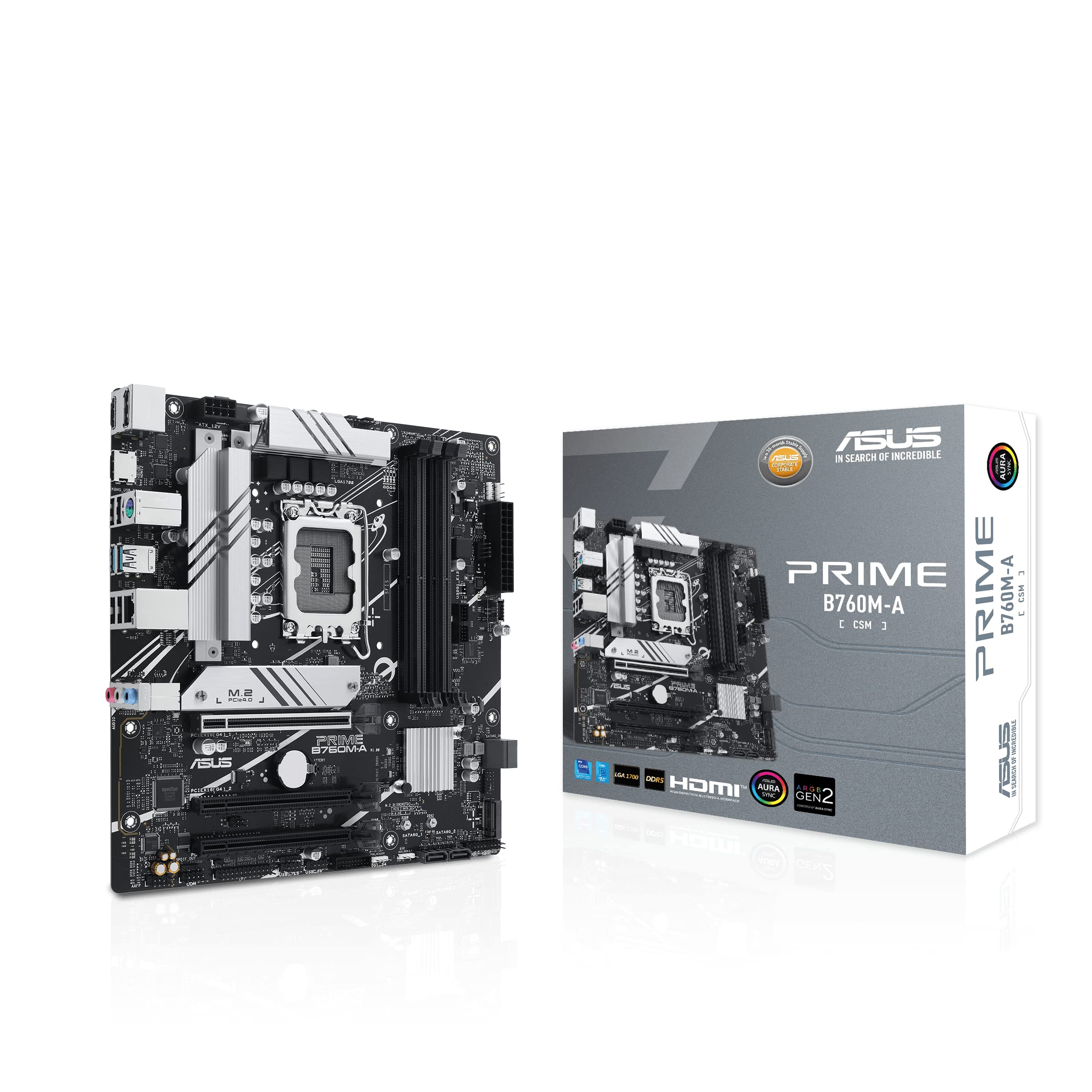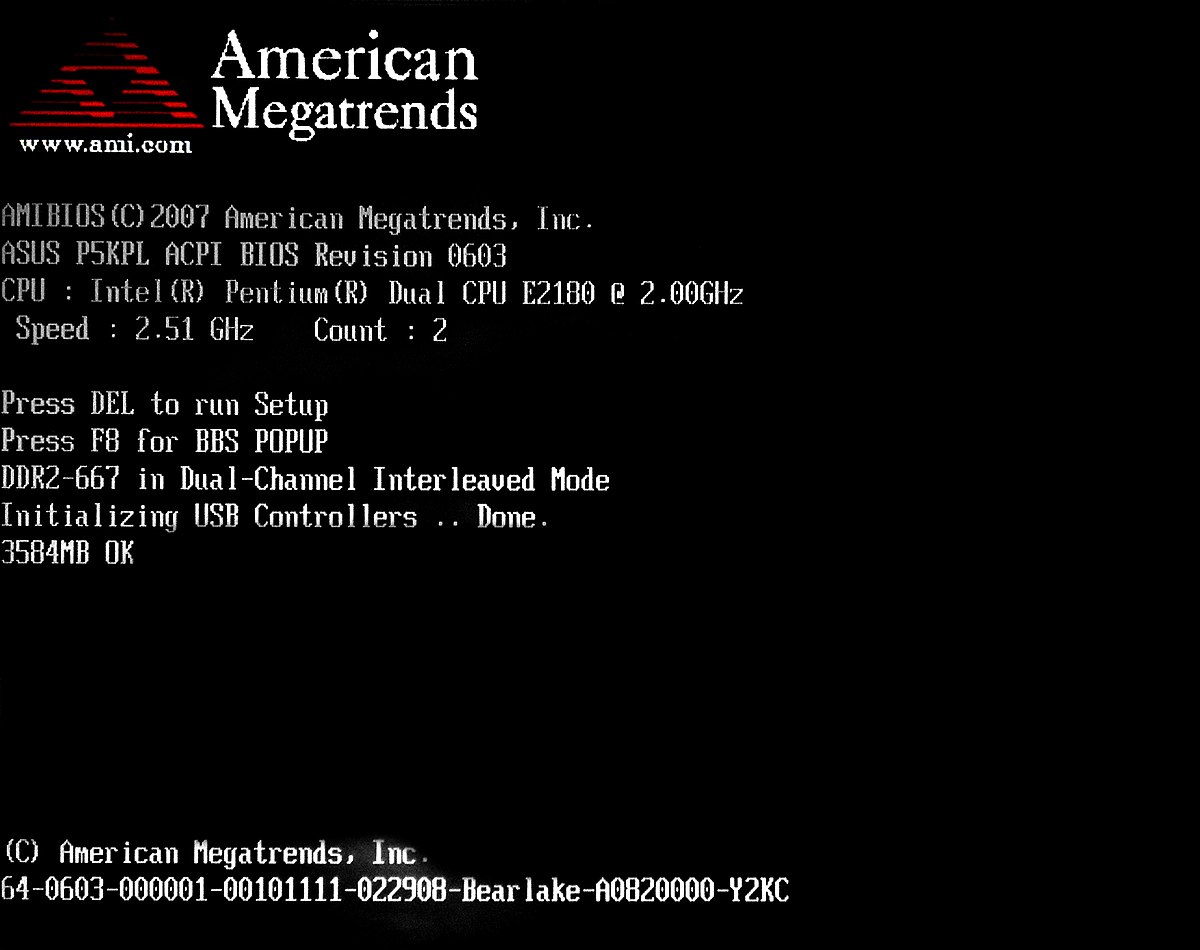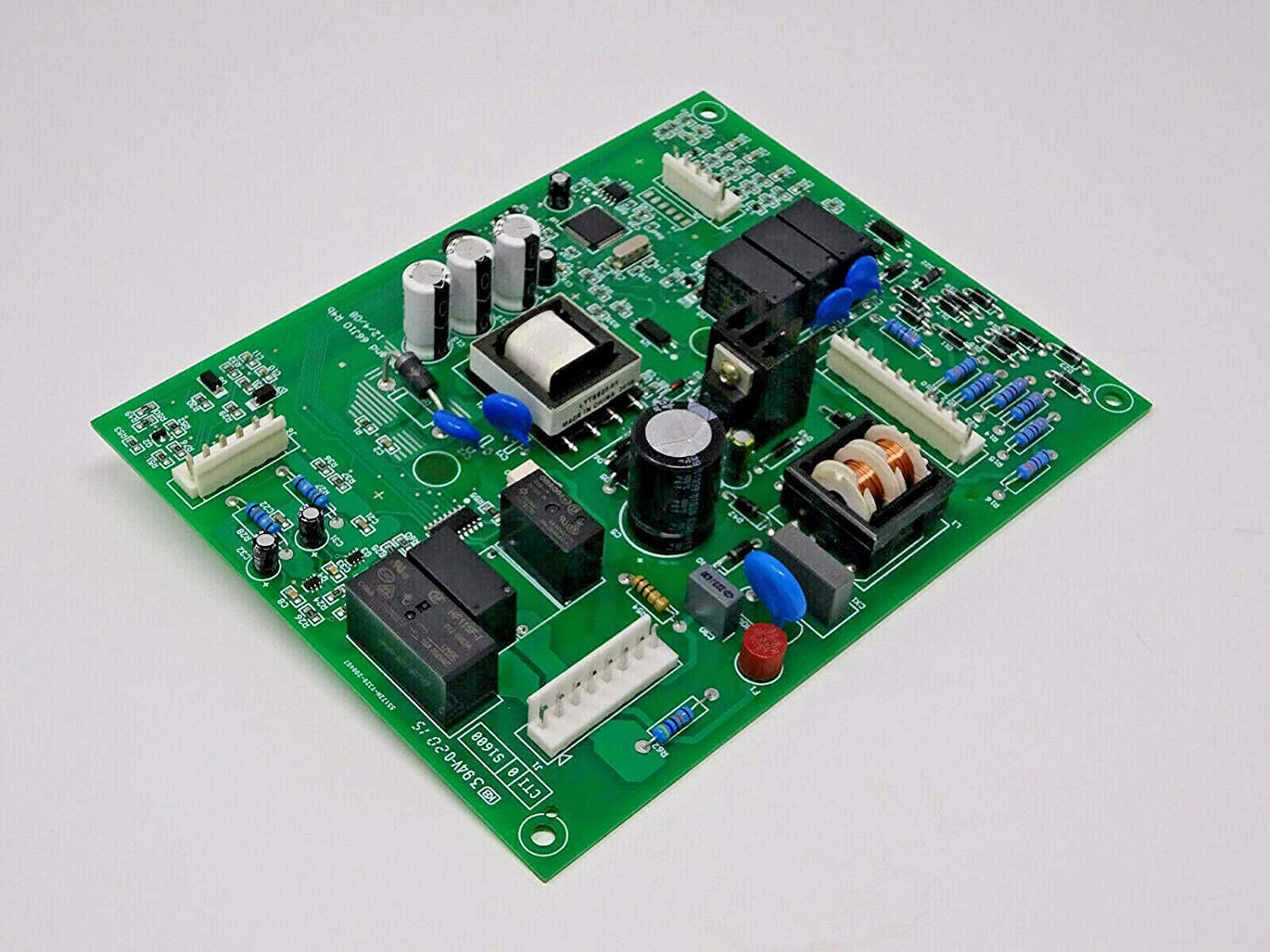Welcome to the ASUS A320M-K Beep Code Troubleshooting Guide.
Understanding Beep Codes
When your computer starts up, the BIOS (Basic Input/Output System) performs a series of tests to ensure that all hardware components are functioning correctly. If a problem is detected, the BIOS will emit a series of beeps to indicate the issue.
To troubleshoot the problem, you need to refer to the beep code chart in your motherboard’s manual or online. Each beep code pattern corresponds to a specific hardware problem, such as a faulty RAM module or graphics card.
If you encounter beep codes:
1. Identify the beep pattern and refer to the manual or online resources for ASUS A320M-K beep codes.
2. Determine the hardware component causing the issue based on the beep pattern.
3. Take appropriate action, such as reseating or replacing the faulty component.
4. If the issue persists, seek professional help or contact ASUS customer support for further assistance.
Identifying and Interpreting Beep Patterns

- Beep patterns: Learn to identify the different beep patterns emitted by the ASUS A320M-K motherboard during startup.
- Interpreting beep codes: Understand the meaning behind each beep pattern to effectively troubleshoot any potential issues.
- Diagnostic tool: Utilize the beep code troubleshooting guide as a valuable diagnostic tool for identifying hardware problems.
- Common error indications: Recognize the most common error indications conveyed by specific beep patterns, such as memory issues or CPU failures.

- System stability: Determine if the beep patterns signify stability problems within the system, allowing for prompt resolution and enhanced performance.
- Resolving hardware issues: Use the beep code troubleshooting guide to resolve hardware-related problems efficiently and effectively.
- Compatibility concerns: Identify compatibility concerns between the motherboard and various hardware components through beep code analysis.
- Preventing further damage: Take immediate action to prevent further damage to the system by understanding and addressing the beep patterns promptly.

- Recovery procedures: Follow recommended recovery procedures based on the beep codes encountered to restore normal system functionality.
- Technical support: Utilize the information gained from interpreting beep patterns to seek accurate technical support and assistance when needed.
Troubleshooting Steps for Beep Codes
If you encounter beep codes on your ASUS A320M-K motherboard, follow these troubleshooting steps to identify and resolve the issue:
1. Listen and note the beep pattern: Each beep pattern indicates a specific error. Refer to the motherboard manual or ASUS website for the corresponding meaning.
2. Check hardware connections: Ensure all cables, memory modules, and expansion cards are securely connected. Re-seat them if necessary.
3. Inspect the power supply: Verify that the power supply is properly connected and functioning. Test with a known working power supply if possible.
4. Test the RAM modules: Remove and reinsert the RAM modules one at a time. If available, try using a different set of modules or test them in another computer.
5. Verify the graphics card: Reinstall the graphics card and ensure it is firmly seated in the slot. Try using a different graphics card if available.
6. Reset the CMOS: Clear the CMOS settings by removing the CMOS battery for a few minutes or using the jumper on the motherboard.
7. Update the BIOS: Check for any available BIOS updates on the ASUS website and follow the instructions to update the BIOS if necessary.
Final Thoughts on Beep Codes
Final Thoughts:
Frequently Asked Questions
Do Asus motherboards have beep codes?
Yes, Asus motherboards do have beep codes.
Why does my Asus keep beeping?
Your Asus may be beeping due to compatibility issues with its components, such as RAM, GPU, or CPU. If you have installed multiple memory modules, ensure they are compatible with each other.
What are the BIOS beep codes?
The BIOS beep codes are a series of sounds that the computer emits during the startup process to indicate specific hardware errors or failures. Each beep code corresponds to a different issue, such as memory errors, timer failure, processor failure, keyboard controller failure, virtual mode exception error, and display memory failure.

